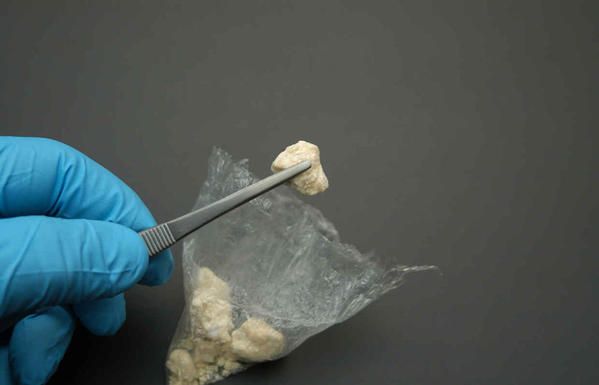“First of all, let’s get one thing straight: crack is cheap,” Whitney Houston told Diane Sawyer, defiantly, in a now-infamous 2002 interview. “I make too much money to ever smoke crack.... Crack is whack.”
When Sawyer asked her about her recreational use of powder cocaine—a more expensive form of the drug—Houston didn’t deny it. But she seemed adamant that her reputation not be tarnished with a form of the drug that has traditionally been associated with the streets, with poverty, with desperation.
For decades, when it came to cocaine, the federal government operated on prejudices that were just as stark. In 1986 and 1988, Congress passed federal mandatory minimum sentencing laws in an attempt to address a rise in cocaine usage in the nation’s inner cities. As political science professor Michael J. Coyne explains in his chapter of the bookColor Behind Bars, this legislation was borne out of
the premise that crack cocaine was 50 times more addictive than powder cocaine. For good measure, Congress doubled the number and came up with a sentencing policy based on the weight of the drug an individual was convicted of selling. Thus, federal sentences for crack were constructed to sentences for powder cocaine in a 100:1 quantity ratio.
[For more of this story, written by Lauren Kirchner, go to http://www.psmag.com/politics-...aw/crack-is-whack-yo]




Comments (0)